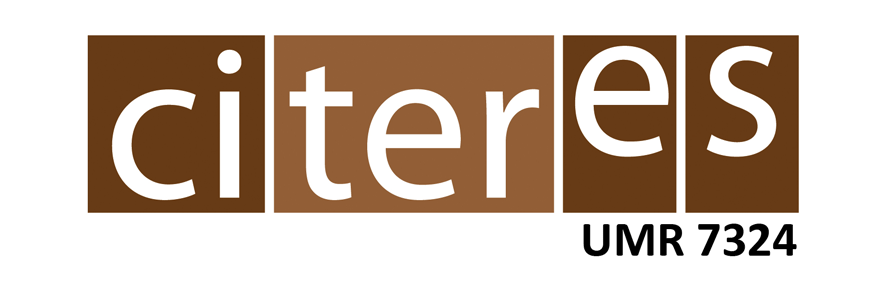Inland navigation and land use interact to impact European freshwater biodiversity
Résumé
Inland navigation in Europe is proposed to increase in the coming years, being promoted as a low-carbon form of transport. However, we currently lack knowledge on how this would impact biodiversity at large scales and interact with existing stressors. Here we addressed this knowledge gap by analysing fish and macroinvertebrate community time series across large European rivers comprising 19,592 observations from 4,049 sampling sites spanning the past 32 years. We found ship traffic to be associated with biodiversity declines, that is, loss of fish and macroinvertebrate taxonomic richness, diversity and trait richness. Ship traffic was also associated with increases in taxonomic evenness, which, in concert with richness decreases, was attributed to losses in rare taxa. Ship traffic was especially harmful for benthic taxa and those preferring slow flows. These effects often depended on local land use and riparian degradation. In fish, negative impacts of shipping were highest in urban and agricultural landscapes. Regarding navigation infrastructure, the negative impact of channelization on macroinvertebrates was evident only when riparian degradation was also high. Our results demonstrate the risk of increasing inland navigation on freshwater biodiversity. Integrative waterway management accounting for riparian habitats and landscape characteristics could help to mitigate these impacts.
Domaines
Biodiversité et Ecologie| Origine | Fichiers produits par l'(les) auteur(s) |
|---|



